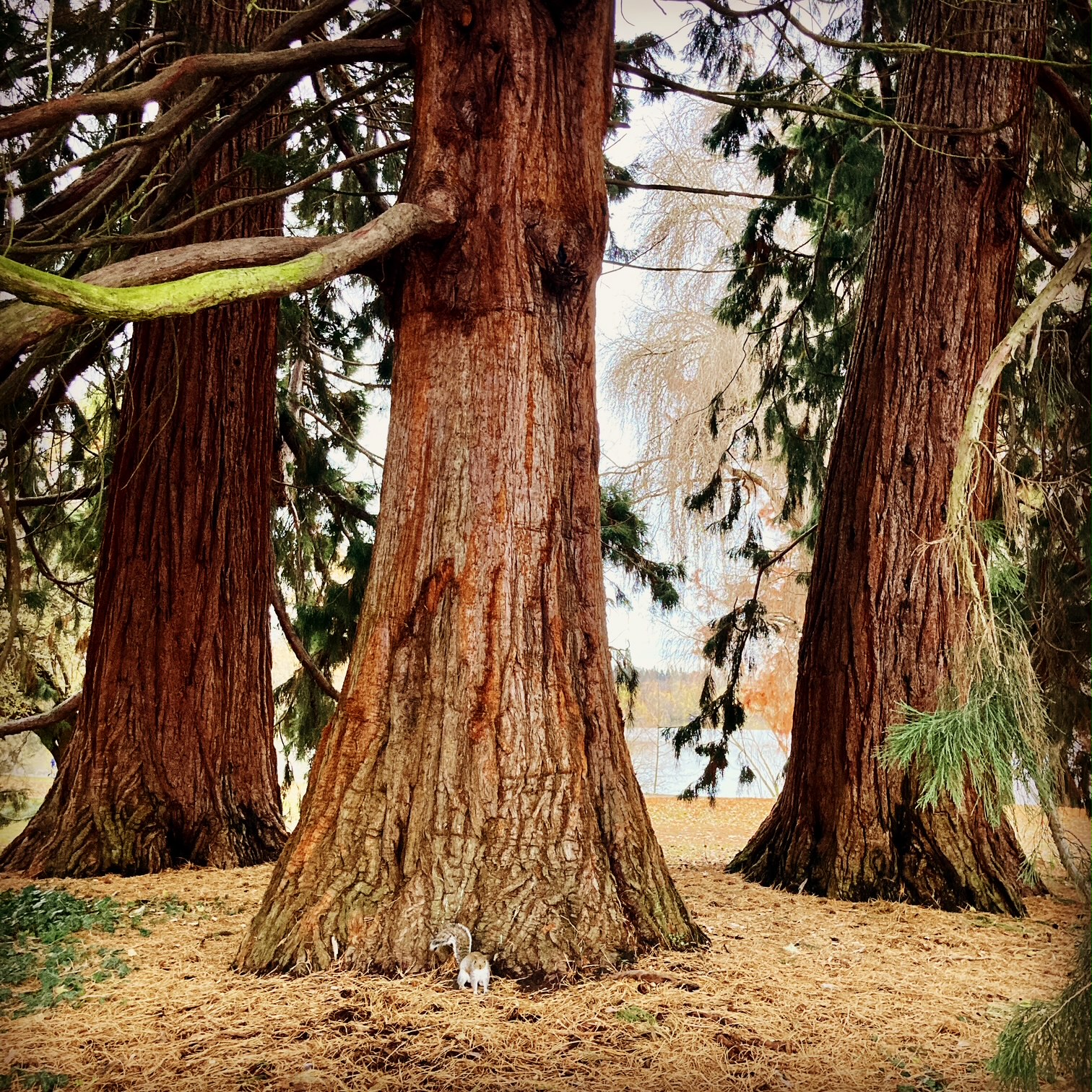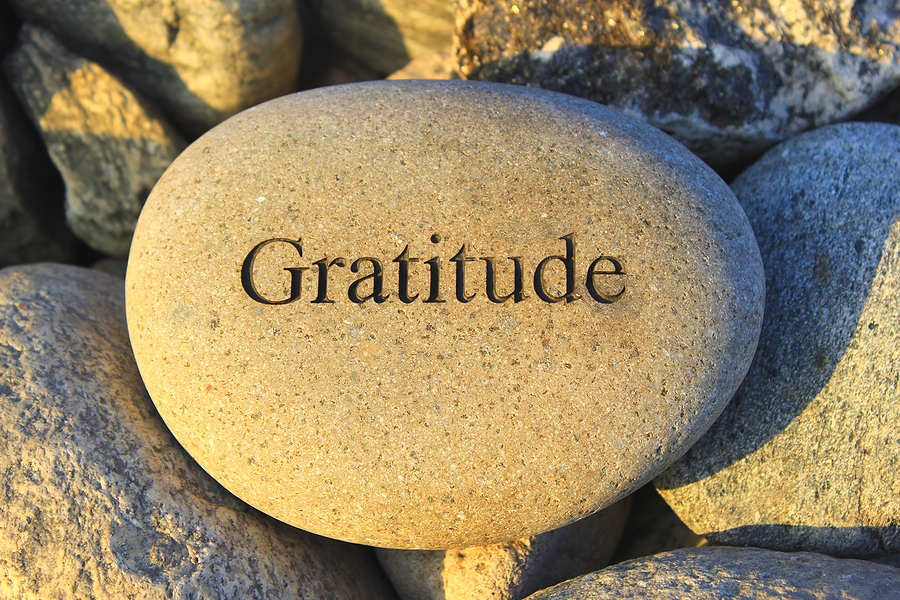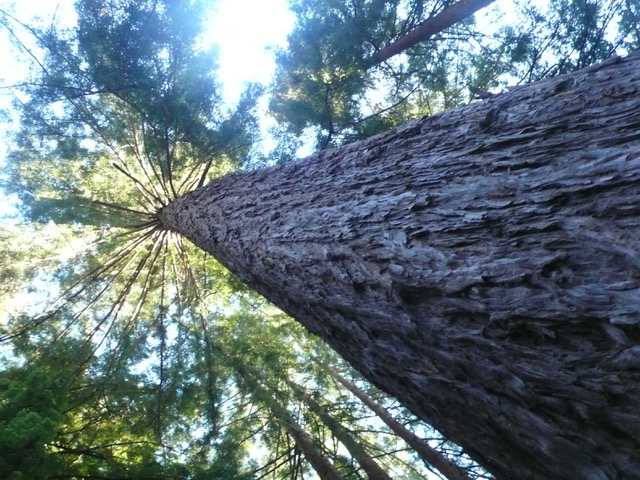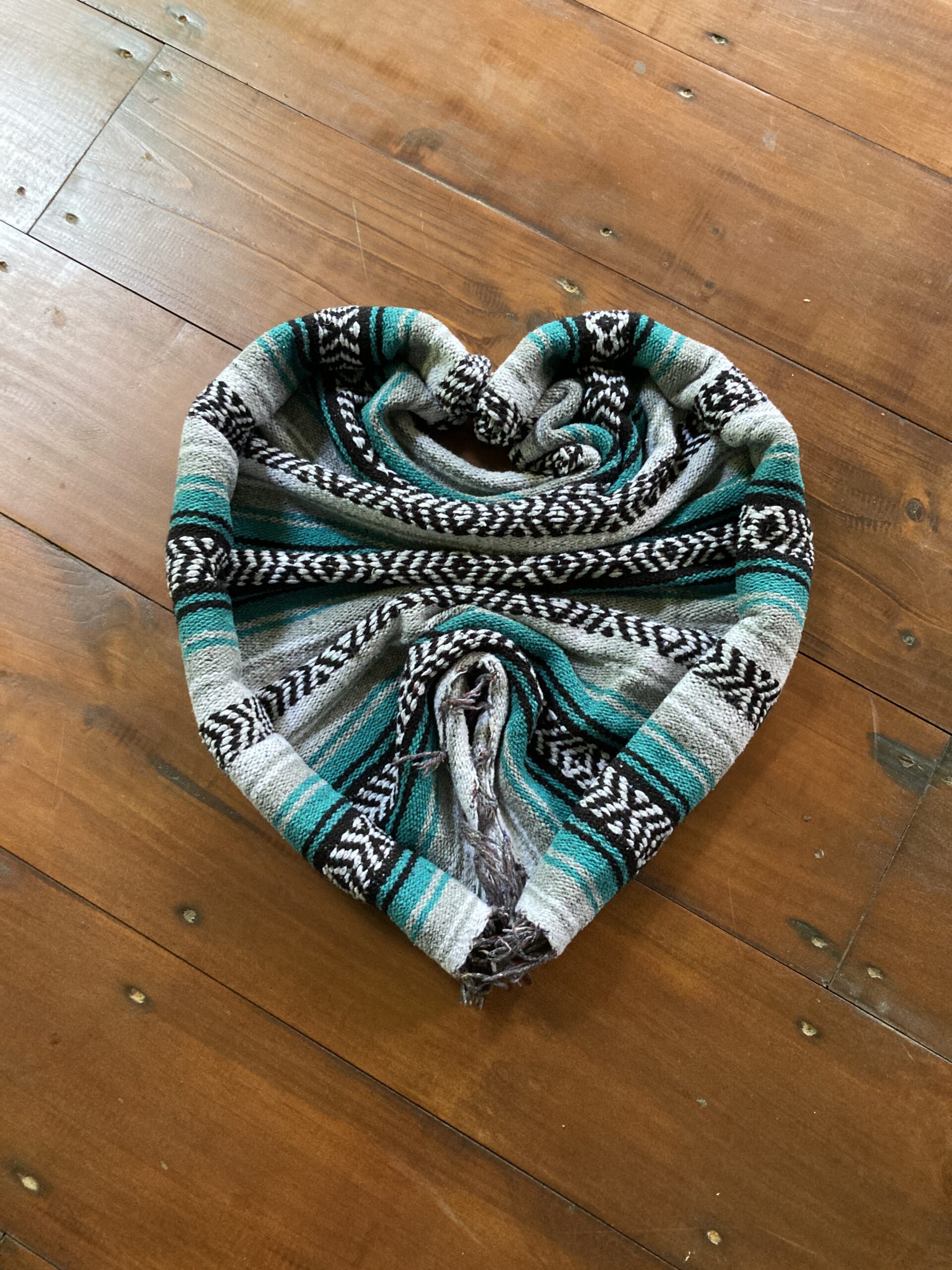This past weekend, I went fishing at the mouth of the Columbia River with my friend Jayne and her family. Jayne’s nephew, Matt Chandler of Get Hooked Northwest Guide Service, is the skipper and fishing guide of the boat we were on. Matt is the best skipper and guide ever! Not that I have anyone else to compare him to because the only times I have gone salmon fishing have been with him, but his patience and teaching skills are commendable! He really cares about us, keeps us safe, does his best to ensure that we have an overall positive and exciting experience. He does his best to make sure we catch our quota on the fish and is very ethical when it comes to all the rules and regulations concerning the fishing industry. He is also deeply respectful of the river and the life it holds. The river, the fish, the clients are a part of his livelihood.
We did our best, but Jayne and I didn’t actually reel in any salmon this year. It was not for lack of trying. However, fish or no fish, we still had the best experience ever. I had the opportunity to meet more members of Jayne and Matt’s extended family and enjoyed getting to know them. At the end of the fishing day, Matt’s sister-in-law Kathryn gave Jayne and me one of her freshly caught salmon because she didn’t want us to go home empty-handed. I was deeply moved by her gesture of kindness. Once I realized that I just might not catch a salmon this year, I started planning in my mind how I would go to Pike Place Market to buy myself a salmon. Kathryn’s generosity and thoughtfulness didn’t make that shopping trip necessary.
So I didn’t have to go through the moral dilemma of fighting with a beautiful salmon, or of watching the beautiful creature taking its last breath of air before a quick end to its life. No, all I had to do this time was quietly thank Kathryn’s salmon for its life and will do so again as I prepare to cook it for dinner tonight.
I eat mostly a plant-based diet (and fish/seafood). I know you will think me strange, but sometimes it even breaks my heart to pull up a perfect head of lettuce from my garden or to pull up beets whose green leaves look so happy growing in the sun. Imagine the magnification of these thoughts when I pull a salmon out of the water. I would have liked to reel in a salmon, but, frankly, there was a part of me that felt relieved I didn’t have to go through all the inner dilemma of actually catching a fish.
Yes, strange me, I can’t wait to salmon fish again next year. I already know that, if invited again, I will go. I will fish responsibly. I will not waste. I will be filled with gratitude for the life of the fish. I will also most likely go through the roiling dilemma of a person grappling with taking the life of another living creature fighting for its life.
Below are some photos from the fishing trip, along with a few related facts..
Below: arrival at the fishing pier. Up at 4:45am. At the dock just before 6am. Fishing by 6am. Astoria, Oregon at the mouth of the Columbia river is such a gorgeous spot!

7 Facts About The Columbia River (from sparkpeople.com)
The “Columbia River” is one of the more magnificent rivers in the United States. The river’s headwaters actually begin inside Canada, but the majority of it flows through Washington State and along the Washington-Oregon border before emptying into the Pacific Ocean. A great deal is known about this important natural resource, but here are 7 facts you don’t know about the Columbia River.
1. 498 miles of the Columbia River’s total length of 1,243 miles is found in Canada.
2. Cape Disappointment marks the northern edge of the mouth of the Columbia River. It received its name from British Captain John Meares who had searched for the river, couldn’t find it, and determined that it didn’t exist.
3. More than 40 percent of all wheat that is exported from the entire United States is at one time or another barged down the Columbia River.
4. There are 14 hydroelectric dams that produce power on the Columbia River, three of them lie within the borders of Canada’s British Columbia.
5. Despite the fact that the Columbia River starts in Canada and flows south into Washington State, the first 200 miles of the river actually flows northwest from its source.
6. The largest dam on the Columbia River is the Grand Coulee Dam. The original planned height of the dam was to be between 200 and 300 feet, during construction the planned height of the dam was changed to 500 feet high.
7. The three Columbia River dams that are found inside Canada, Mica Dam, Duncan Dam and Hugh Keenleyside Dam, were all built in the late 1960s and early 1970s and were required as part of the Columbia River Treaty between the United States and Canada. They are all mainly used for water storage, although power production was enabled at two of the dams years after they were completed.
The Columbia River is a great source of hydroelectric power and recreational opportunities. It has developed into one of the more important resources that the Pacific Northwest has and is used to the benefit of the entire nation. There are a number of worthwhile attractions and locations to visit up and down the entire length of the Columbia River.
Below: Kathryn looking out at the rising sun on the Columbia

Sunrise:

Sunrise casts its golden light over the Astoria-Megler Bridge. The bridge is actually green but the sun makes it appear golden. The bridge stretches 4.1 miles across the mouth of the Columbia. It’s a cantilever through-truss bridge made of steel and cement. Construction began in 1962 and the bridge was completed in 1966. It is very high on one end to allow ships to pass under on their way to and from Portland, Oregon.


Below are a few facts about salmon (from Defenders.org). The most shocking fact is that salmon are down to 3% of what the numbers where at the time of Lewis and Clark! No wonder we are restricted in what we can catch.
Salmon is the common name for fish in the order Salmoniformes. They live in the northern Atlantic and Pacific oceans, and are anadromous, which means most types of salmon are born in fresh water, migrate to the sea, and return to freshwater to reproduce, or “spawn.” Salmon appearance varies greatly from species to species. Species like chum salmon are silvery-blue in color while some have black spots on their sides, like the Atlantic salmon. Still others, like the cherry salmon, have bright red stripes. Most of these species maintain one color when living in fresh water, then change color when they are in salt water.
Diet
In general, young salmon eat insects, invertebrates and plankton; adults eat other fish, squid, eels, and shrimp. Unlike all other salmon, the sockeye salmon has a diet that consists almost entirely of plankton.
Population
Did You Know?
Beaver ponds provide critical habitat for juvenile salmon.
It is difficult to estimate population numbers due to the large number of species and wide geographic range. However, population numbers in the Atlantic Ocean and in parts of the Pacific, as well as the Colorado River, have dropped drastically from what they were historically. In the Colorado River, for instance, salmon numbers are down to 3% of what they were during the time of Lewis and Clark.
Behavior
Most salmon are anadromous fish, meaning they are born in freshwater (rivers or streams), travel to and live much of their lives in salt water and return to freshwater to spawn. After spawning, all Pacific salmon and up to 50% of other species die within a few weeks. The salmon that do not die can spawn two or three more times.
There are a few species and subspecies of salmon, like the Danube salmon and the kokanee salmon, that spend their entire lives in fresh water and never migrate to the ocean.
Reproduction
When the female reaches the place where she will lay her eggs, she makes a depression in the riverbed with her tail, and then deposits her eggs in this depression. She waits for males to fertilize the eggs, then covers the depression and moves on to make another. Females will make as many depressions as it takes to lay all their eggs (up to seven depressions).
Our skipper Matt Chandler (standing) with his nephew Jimmy and his dad Jim.

Fish on! Matt helps Kathryn net her salmon.

Stellar Sea Lions









Thanks so much for this story Frannie. This is so beautiful and your respect for all life is admirable. If only everyone gave as much thought to the food on their plate.
Thank you so much Fran for sharing! You are a great photographer with an artist’s eye! Your appreciation of the earth and all of its inhabitants is obvious. We need many more people with your sensibility to make this world a better place.
Stephanie